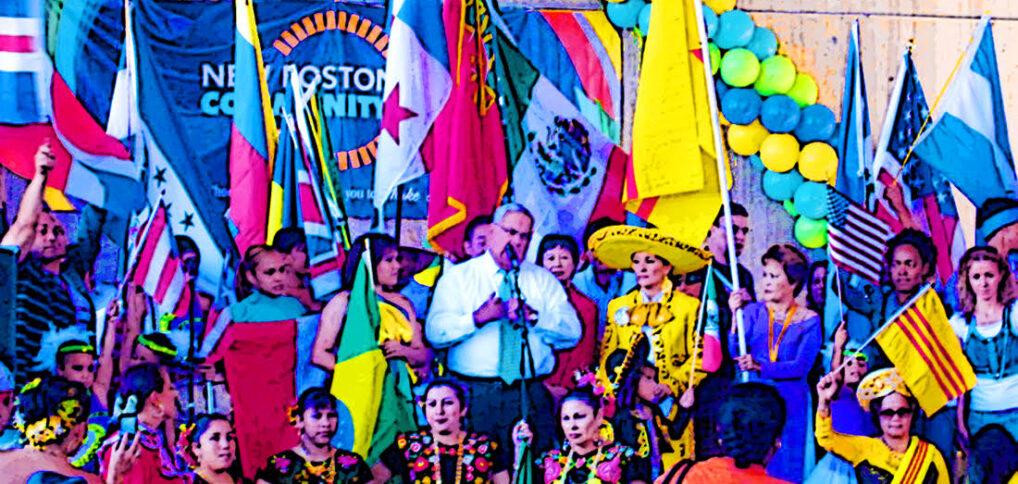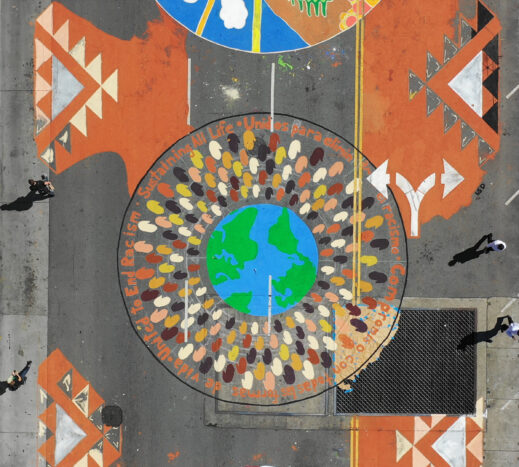
Climate-related disasters and extreme heat are making parts of the world unlivable, uprooting 25-30 million people each year. While conflict, violence, and poverty remain the main drivers of displacement in much of the world, climate change has become a growing factor, especially in the Global South. In many countries, extreme weather patterns have increased poverty and displaced families that count on agriculture to sustain themselves. In sub-Saharan Africa alone, climate shocks led to the displacement of 7.4 million people in 2022.
Climate change makes every other crisis people face more difficult. It deepens economic hardships and other challenges, forcing people to leave their homes and the lives they know. Most climate migration is within countries. Families first try to find work and living alternatives in their homelands. But they can’t always find a way to sustain themselves, leaving them with no option but to seek refuge in another country.
A recent survey of 3358 immigrants[1] found that 43 percent of them were affected by some form of climate disaster in their country of origin. The most common of these were severe rainfall and flooding, hurricanes, and extreme heat. The number of people relocating due to climate change will only increase as the effects of climate change worsen.
Some countries grant special status to and accept immigrants who are fleeing natural disasters such as earthquakes and tsunamis. But no country offers a legal path to entry for those who are displaced by climate change—by floods, extreme heat, drought, and fires. There is also no international protection. The UN has declared that such people are not “refugees” under international law, so they have no legally protected status anywhere.
A global wave of authoritarian movements is now expanding across Western democracies—movements that systematically use brutal scapegoating of migrants and displaced people. At the same time, wherever they gain power, these authoritarian governments expand the fossil fuel economy and delay action on the climate emergency. Climate and immigrant rights movements will succeed or fail together; our futures are inextricably bound.
So, what can be done?
The most effective way to reduce climate migration is to reduce the effects of climate change by decreasing greenhouse gas emissions. But given the slow progress on this front, other solutions are needed as well. Here are some ideas on what you can do:
• Debunk the myth that immigrants are a threat to your country and your way of life.
• Highlight the contributions immigrants have made to your country throughout its history.
• Help people reclaim their immigrant connections, no matter how long ago their ancestors left their home countries.
• Highlight the intersection of immigration policies and racism.
• Help people find ways to get involved and support immigrants, including by:
• Supporting the work immigrant organizations and advocates are doing to protect immigrants.
• Advocating for rational, humane immigration policies.
• Committing to the fight against mass detention and deportation of migrants, including urging your local authorities to resist cooperating with them.
• Being involved with elected officials, community groups, and other advocates and allies to ensure that the people with humane and intelligent policies are voted into office at every level.
*The 2023 KFF/LA Times Survey of Immigrants (tinyurl.com/survey-immigrants)


